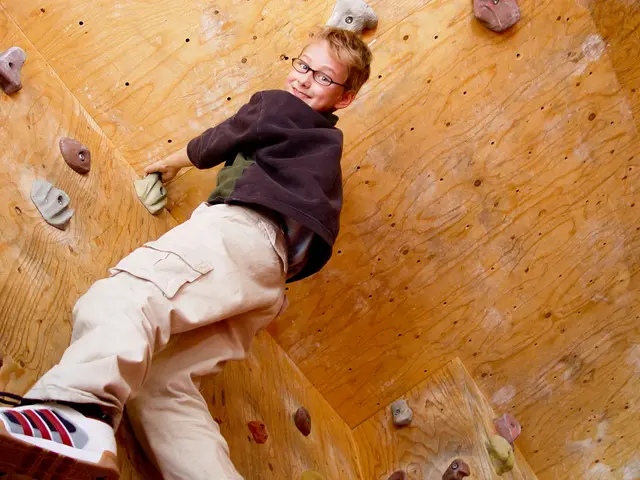Discovering Acoustic Phenomena: Investigating the Properties of Sound
Get Students Grooving with Science: Exploring Sound through Music
Education's Building Science Concepts (BSC) series presents engaging, interconnected concepts that gradually build towards comprehensive scientific ideas, such as sound. Let's delve into the exciting world of sound exploration using music!
The Magic of Music and Sound
Music (as opposed to mere noise) is a familiar and appealing context for students to grasp scientific concepts related to sound. Utilize simple musical instruments to spark students' curiosity and stimulate scientific exploration.
Unraveling the Science Behind Sounds
Sound is a form of energy generated by the movement of objects. When you strike, scrape, or blow into an object, it vibrates, creating waves that move both the object and the surrounding medium (usually air). We hear a sound when these vibrations reach our ears. No movement yields no vibrations and, consequently, no sound is produced.
Three elements are fundamental for sound:
- A source - anything that creates the sound (movement needed)
- A medium - the substance through which the sound travels (e.g., gas, liquid, or solid)
- A receiver - the organ (like our ears) that detects the sound
Sound Waves: Volumes and Pitches
- Volume: the size of the vibration determines the volume of the sound, with a big vibration causing large waves that transmit a lot of energy, resulting in a loud sound. Conversely, small vibrations produce quieter sound waves.
- Pitch: the frequency of the vibration determines the pitch of the sound, as the frequency sets the rate at which repeating cycles of a sound wave pass a point per second. A high-pitched sound has a quick succession of cycles, while a low-pitched sound repeats at a slower pace.
Exploring Sound through Music
Music invites students to immerse themselves in musical items and paves the way for observation using multiple senses.
By engaging with musical instruments, students can learn about sound production, experiment with various pitches and volumes, and create music - easily connecting with the scientific concepts of sound.
Poster Drum: A Samoan drum made from a log, different sizes of which produce varying pitches and volumes.
Supporting Diverse Learners
It's essential to recognize that everyone hears sounds differently, and students may have hearing difficulties. Ensure inclusivity for all learners by adjusting the learning materials and activities as needed.
Beware of Misconceptions
Students may struggle with certain ideas about sound, such as:
- Sound requires no movement
- Sound can only travel through the air and not through solids and liquids
- Pitch and volume are directly associated
When teaching sound concepts, be mindful of content/vocabulary words that can cause confusion, such as volume, pitch, waves, etc.
Further Exploration
Explore various resources to deepen your understanding of sound, including:
- Measuring Sound
- Human Hearing
- Sound - Understanding Standing Waves
- Sound - Visualizing Sound Waves
- Sound - Resonance
- Sound - Wave Interference
- Sound - Beats, Doppler Effect, and Sonic Booms
Happy learning, and good luck on your musical journey into the captivating world of sound!
Related Links:
- Noise Level Meter Invention
- Educational Resource Hub - Sound
- Creating Collections
- Investigating Sound
- Hearing Sounds
- Musical Sounds
- Investigating Movement and Sound with a Pūrerehua
- Modeling Waves with Slinkies
- Sound on an Oscilloscope
- Make and Use a Hydrophone
- Investigating Sound Wave Resonance
- Measuring the Speed of Sound
- Sounds of Aotearoa Webinar
- Building Science Concepts Book 19 - Understanding Properties of Sound
- White Noise Sample (.Wav Format)
- Acknowledgement
Science plays a crucial role in health-and-wellness and fitness-and-exercise, as understanding sound waves can help athletes enhance their performance through controlled breathing exercises or even optimize music for workouts to sync with their heart rate.
Moreover, the process of learning about sound through music can provide a foundation for education-and-self-development, sparking an interest in other scientific concepts and expanding students' knowledge beyond the initial exploration of sound.








